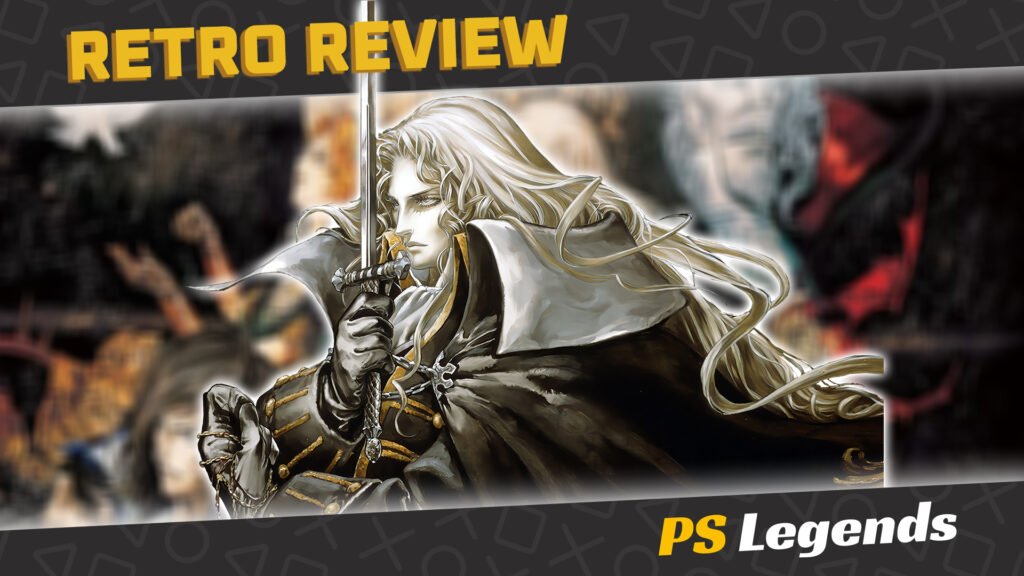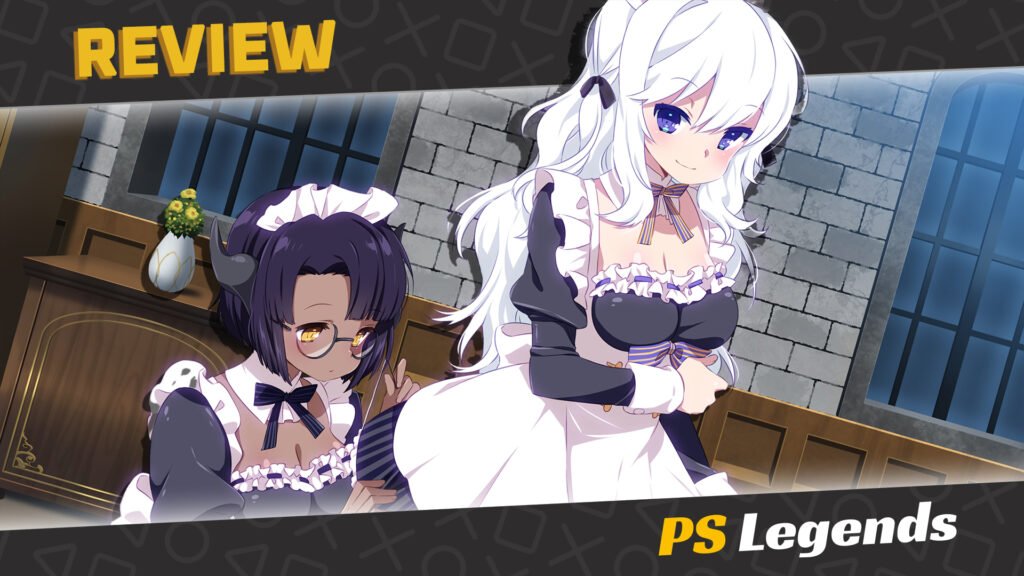In the realm of gaming history, certain titles stand as luminaries, casting a shadow that stretches far beyond their initial release. Among these legends, Castlevania: Symphony of the Night shines as a beacon of excellence, revered for its groundbreaking design, captivating narrative, and timeless gameplay. Released in 1997 for the original PlayStation, this iconic installment in the Castlevania series redefined the action-platformer genre and set new standards for exploration and depth. In this comprehensive review, we delve into the dark corridors of Dracula’s castle and uncover the myriad reasons why Symphony of the Night remains an enduring masterpiece.
Castlevania: Symphony of the Night is a direct sequel to Castlevania: Rondo of Blood and follows the story of Alucard, the son of Dracula, as he ventures into Dracula’s castle to prevent his father’s resurrection. The game is renowned for its deep storyline, rich character development, and intricate plot twists.
On This Page

Story
The game opens with a reenactment of the final battle from Castlevania: Rondo of Blood,” where Richter Belmont, a vampire hunter from the Belmont clan, defeats Dracula. This sets the stage for the events of “Symphony of the Night.”
Characters
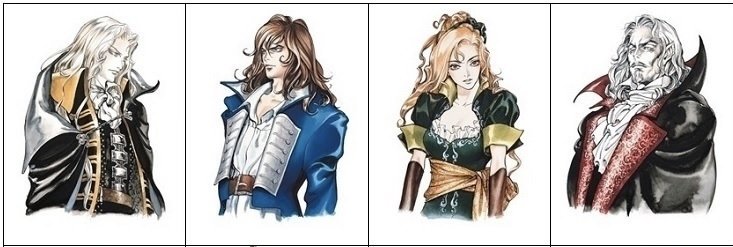
– Alucard (Adrian Fahrenheit Tepes): The protagonist, son of Dracula and a human woman, Lisa. He seeks to prevent his father’s resurrection.
– Richter Belmont: A vampire hunter who defeated Dracula but has gone missing.
– Maria Renard: A young vampire hunter and friend of Richter, searching for him.
– Dracula (Vlad Tepes): The primary antagonist, the dark lord resurrected multiple times.
– Shaft: A dark priest and servant of Dracula, responsible for manipulating events to resurrect his master.
– Lisa: Alucard’s mother, whose death at the hands of humans led Dracula to hate humanity.
The Mysterious Disappearance and start of Alucard’s Journey
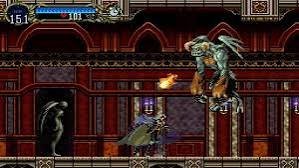
Several years after Richter Belmont’s victory over Dracula, rumours spread about the reappearance of Dracula’s castle. Richter vanishes during his investigation, prompting Maria Renard to search for him. At the same time, Alucard awakens from his self-imposed slumber, sensing a great evil and returning to Dracula’s castle to investigate. This sets the precedent for the styling and story you get to experience throughout this game.
– Alucard enters the castle, initially equipped with powerful weapons. Shortly after, Death, Dracula’s servant, strips him of his gear, forcing him to find new weapons and items throughout the castle.
– He meets Maria Renard in the Marble Gallery. She informs him of Richter’s disappearance and her intent to find him.
Encountering Richter
– Alucard traverses the castle, battling various monsters and collecting a selection of new replacement gear.
– In the Royal Chapel, he encounters Richter, who claims to be the new lord of the castle. Alucard, quite rightly is suspicious of Richter’s behaviour, continues his search for answers.
– Alucard finds a library card, allowing him to consult with the mysterious librarian for information and items. This was a hugely innovative addition to the game.
– He learns of the existence of the Holy Glasses, an item that can reveal the truth. Maria, also suspecting something amiss, provides Alucard with these glasses.
Revealing the Truth in the Colosseum
– Alucard fights various powerful enemies in a distinct level up in difficulty of the game and discovers more about Shaft’s involvement in manipulating events.
– Alucard confronts Richter again this time in the keep of the castle. Using the Holy Glasses, he sees that Richter is under Shaft’s control. He defeats the dark priest’s orb, freeing Richter from the spell.
Unveiling the True Mastermind
– With Richter freed, Alucard learns that the true mastermind behind the castle’s reappearance is Shaft. The castle inverts, revealing a darker, mirror version of the iconic locations. This is by far my favourite part of the game, the total world change halfway through is so innovative. Similar to the change you can cause in Dark Souls’ Anor Londo. Many games of this time re-used the same location in the next game to help with the limitations of graphics at the time, but this fresh inverted world is a real fantastic change.
– Alucard ventures into the Inverted Castle, now facing stronger enemies and tougher challenges.
– Alucard navigates the inverted castle, collecting more and more powerful items while preparing for the final battle.
– He confronts and defeats Shaft in the Inverted Castle’s central area, learning that Dracula’s resurrection is imminent.
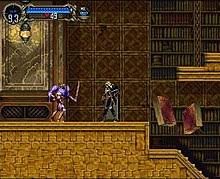
Dracula’s Resurrection and the final conflict
– Alucard faces his father, Dracula, in an actually quite tense final showdown. Dracula curses humanity for their cruelty and justifies his actions. Alucard counters with the memory of his mother, who pleaded for humans’ lives even as she was executed.
– The two clash, and Alucard ultimately defeats Dracula, preventing his resurrection and saving humanity once more.
Epilogue
After Dracula’s defeat, the castle starts to collapse around you, in a new and impressive feature of gaming. Maria and Richter escape and meet Alucard outside. Maria offers to accompany Alucard, but he declines, stating he must return to his slumber to prevent his darker nature from surfacing. Maria, determined, follows him, leaving an open-ended (but fairly obvious) conclusion to their relationship. It is easy to see why this game is so iconic.
The Symphony
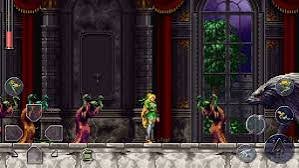
Moreover, the game’s haunting musical score, composed by Michiru Yamane, adds another layer of depth to the atmosphere. From melancholic melodies to pulse-pounding tracks, the soundtrack of Symphony of the Night perfectly complements the game’s Gothic aesthetic, further enhancing the player’s immersion in the dark and foreboding world of Dracula’s castle.
Reinventing the Genre: Metroidvania Gameplay
At its core, Symphony of the Night is a 2D action-platformer, but it transcends the conventions of the genre with its innovative Metroidvania-style gameplay. Players assume the role of Alucard, the son of Dracula, as he explores the labyrinthine halls of the castle in search of answers and redemption. The game’s nonlinear structure, expansive map, and interconnected world set a new standard for exploration and discovery in gaming.
The PlayStation’s hardware capabilities allowed for seamless transitions between areas, creating a sense of cohesion and continuity that was unprecedented at the time. Players were encouraged to backtrack, uncover hidden secrets, and acquire new abilities, fostering a sense of exploration and player agency rarely seen in action-platformers.
A Veritable Tapestry of Combat: Fluid and Responsive Control
In Symphony of the Night, combat is both elegant and visceral, thanks to the game’s fluid and responsive controls. Alucard’s repertoire of attacks, spells, and abilities allows for a diverse range of playstyles, from agile swordplay to devastating magic. The PlayStation’s controller was expertly utilised to provide precise and intuitive control over Alucard’s movements, ensuring that every encounter felt satisfying and engaging.
Moreover, the game’s enemy design and boss battles are a testament to the developers’ creativity and craftsmanship. From hulking monstrosities to agile demons, each enemy presents a unique challenge that demands strategy and skill to overcome. The PlayStation’s hardware capabilities allowed for smooth animation and detailed sprite work, bringing the game’s nightmarish denizens to life in stunning detail.
A Tale of Redemption: Narrative and Characterisation
At its heart, Symphony of the Night is a story of redemption, as Alucard grapples with his identity and confronts the sins of his father. The game’s narrative unfolds through evocative cutscenes, cryptic dialogue, and hidden lore scattered throughout the castle. The PlayStation’s storage capacity enabled the developers to include extensive voice acting and dialogue, further fleshing out the game’s characters and world.
Moreover, Symphony of the Night features multiple endings and branching paths, providing replay value and encouraging players to uncover every facet of the story. The game’s narrative depth and rich characterisation elevate it beyond a mere action-platformer, immersing players in a tale of tragedy, redemption, and the enduring struggle between good and evil.
Legacy of the Night: Influence and Endurance
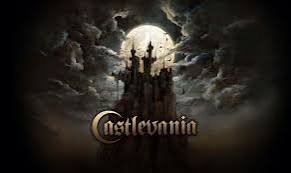
Twenty-five years after its release, Castlevania: Symphony of the Night continues to cast a long shadow over the gaming landscape. Its innovative gameplay, atmospheric world-building, and compelling narrative have inspired countless games across various genres, earning it a place among the greatest titles of all time.
Moreover, Symphony of the Night’s enduring legacy is evident in the continued reverence and adoration from fans and critics alike. Its influence can be seen in modern classics such as Hollow Knight, Ori and the Blind Forest, and Bloodstained: Ritual of the Night, each of which pays homage to Symphony of the Night’s Metroidvania roots while pushing the genre forward in new and exciting ways.
In conclusion, Castlevania: Symphony of the Night stands as a timeless masterpiece that transcends the boundaries of its genre. With its immersive atmosphere, innovative gameplay, and unforgettable narrative, Symphony of the Night remains a shining example of the power of video games to captivate, inspire, and endure for generations to come using elements inspired from the real world.
Castlevania: Symphony of the Night weaves a complex narrative of family, duty, and the battle between good and evil. Alucard’s journey through Dracula’s castle, his encounters with Richter and Maria, and the final confrontation with Dracula himself form a compelling and richly detailed story that has left a lasting legacy in the world of video games.
From the moment players step into the foreboding halls of Dracula’s castle, Symphony of the Night envelops them in an atmosphere dripping with Gothic horror. The game’s meticulously crafted environments, ranging from grandiose cathedrals to dank catacombs, evoke a sense of dread and wonder. For it’s time the game was expertly leveraged to render intricate details, atmospheric lighting, and haunting backgrounds, immersing players in a world teeming with macabre beauty.
Joys
- Compelling story and characters
- The soundtrack alone is one of the biggest joys of the game
- Possibly a perfect sequel
Cons
- A small game by todays standards
- A crisp HD remake and smoothing of textures would be a great start
